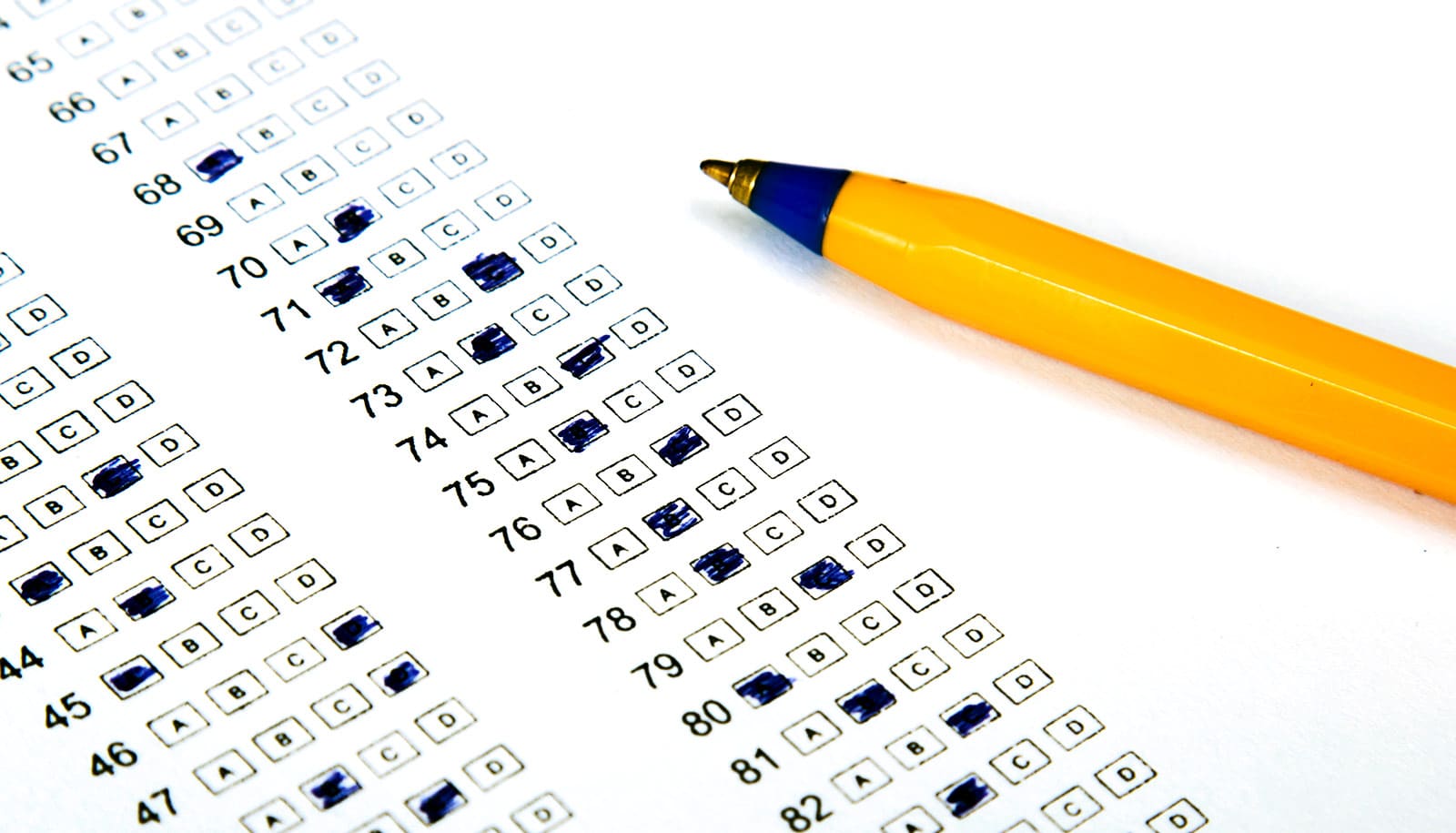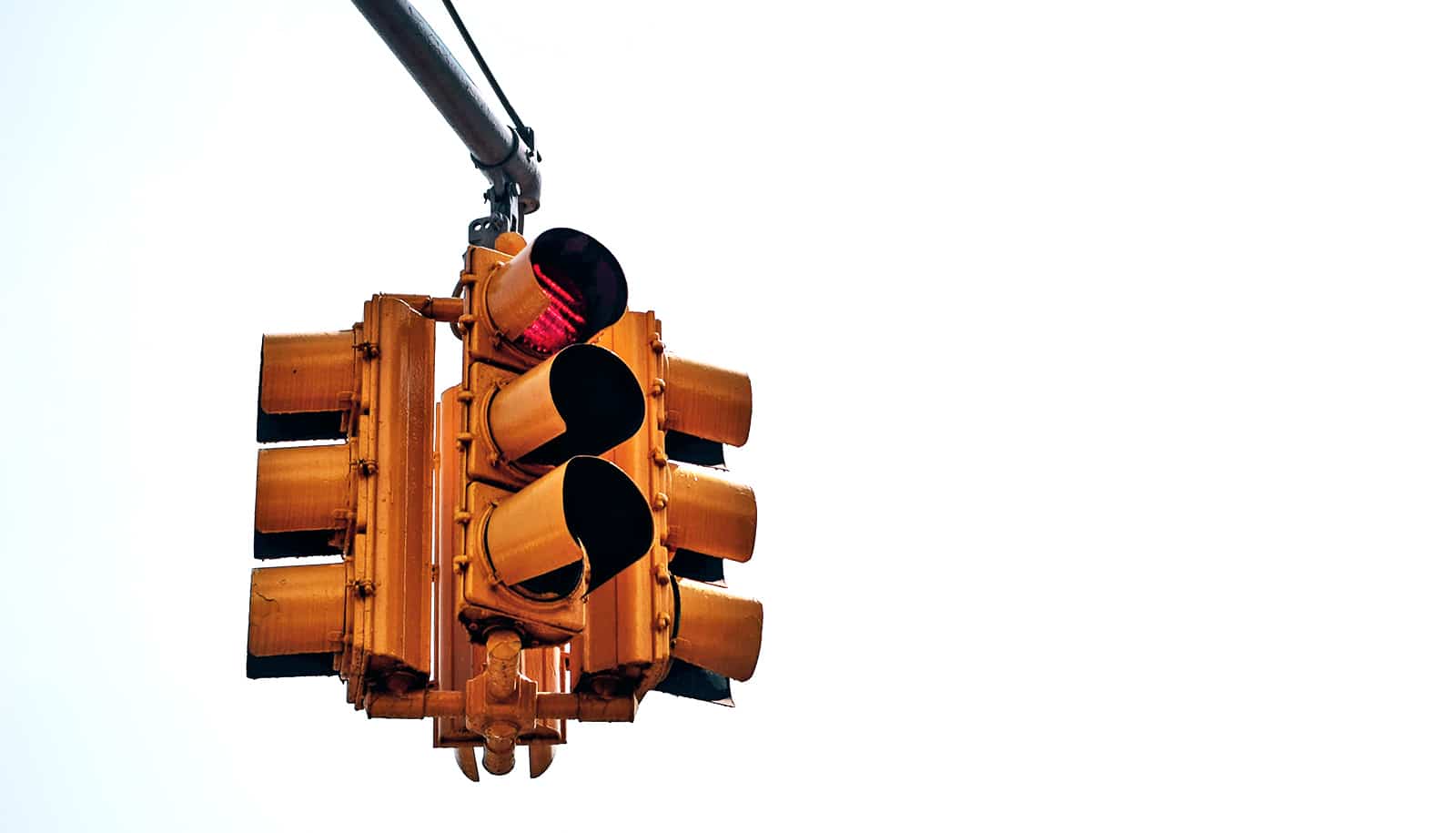A new test checks if quantum computers are giving correct answers to questions beyond the scope of traditional computing.
It could help make the first quantum computer that can outperform a classical computer a reality.
By creating a protocol that allows a quantum computer to check its own answers to difficult problems, the scientists from the University of Warwick have provided a means to confirm that a quantum computer is working correctly without excessive use of resources.
The researchers have developed a protocol to quantify the effects of noise on the outputs of quantum computers. Noise is defined as anything that affects a quantum machine’s hardware but is beyond the user’s control, such as fluctuations in temperature or flaws in the fabrication. This can affect the accuracy of a quantum computer’s results.
When applied, the researchers’ test produces two percentages: how close it estimates the quantum computer is to the correct result and how confident a user can be of that closeness.
Solving problems correctly
The test will help the builders of quantum computers to determine whether their machine is performing correctly to help refine their performance, a key step in establishing the usefulness of quantum computing in the future.
“A quantum computer is only useful if it does two things: first, that it solves a difficult problem; the second, which I think is less appreciated, is that it solves the hard problem correctly. If it solves it incorrectly, we had no way of finding out. So what our paper provides is a way of deciding how close the outcome of a computation is to being correct,” says Animesh Datta from the physics department at the University of Warwick.
Determining whether a quantum computer has produced a correct answer to a difficult problem is a significant challenge as, by definition, these problems are beyond the scope of an existing classical computer. Checking that the answer the computer produced is correct typically involves using a large number of classical computers to tackle the problem, something that is not feasible as quantum computers tackle ever more challenging problems.
Instead, the researchers have proposed an alternative method that involves using the quantum computer to run a number of easy calculations that we already know the answer to and establishing the accuracy of those results. Based on this, the researchers can put a statistical boundary on how far the quantum computer can be from the correct answer in the difficult problem that we want it to answer, known as the target computation.
It is a similar process to that which computer programmers use to check large computer programs, by putting in small functions with known answers. If the program answers enough of these correctly then they can be confident that the whole program is correct.
“The whole point of having a quantum computer is to not spend an exponential amount of time solving problems, so taking an exponential amount of time to check whether it’s correct or not defeats the point of it. So our method is efficient in that it doesn’t require an exponential amount of resources,” Datta says.
“We do not need a classical computer to check our quantum computer. Our method is self-contained within a quantum system that can be used independently of large servers.”
Checking answers from quantum computers
Lead author Samuele Ferracin has been developing ways for scientists working on quantum computers to incorporate the test into their work. He says: “We have spent the last few years thinking about new methods to check the answers of quantum computers and proposing them to experimentalists. The first methods turned out to be too demanding for the existing quantum computers, which can only implement ‘small’ computations and perform restricted tasks.
“With our latest work we have successfully developed a method that suits existing quantum computers and encompasses all their main limitations. We are now collaborating with experimentalists to understand how it performs on a real machine.”
Quantum computing harnesses the unusual properties of quantum physics to process information in a wholly different way to conventional computers. Taking advantage of the behavior of quantum systems, such as existing in multiple different states at the same time, this radical form of computing is designed to process data in all of those states simultaneously, lending it a huge advantage over classical computing. Certain kinds of problems, like those found in codebreaking and in chemistry, are particularly suited to exploiting this property.
The last few years have seen unprecedented experimental advances. The largest quantum computers are doubling in size every six months and seem now very close to achieve quantum supremacy. Quantum supremacy refers to a milestone in the development of quantum computers, where a quantum computer first performs a function that would require an unreasonably large amount of time using a classical computer.
“What we are interested in is designing or identifying ways of using these quantum machines to solve hard problems in physics and chemistry, to design new chemicals and materials, or identify materials with interesting or exotic properties,” says Datta. “And that is why we are particularly interested in the correctness of the computation.”
The Engineering and Physical Sciences Research Council, part of UK Research and Innovation, supported the work.
The research appears in the New Journal of Physics.
Source: University of Warwick



